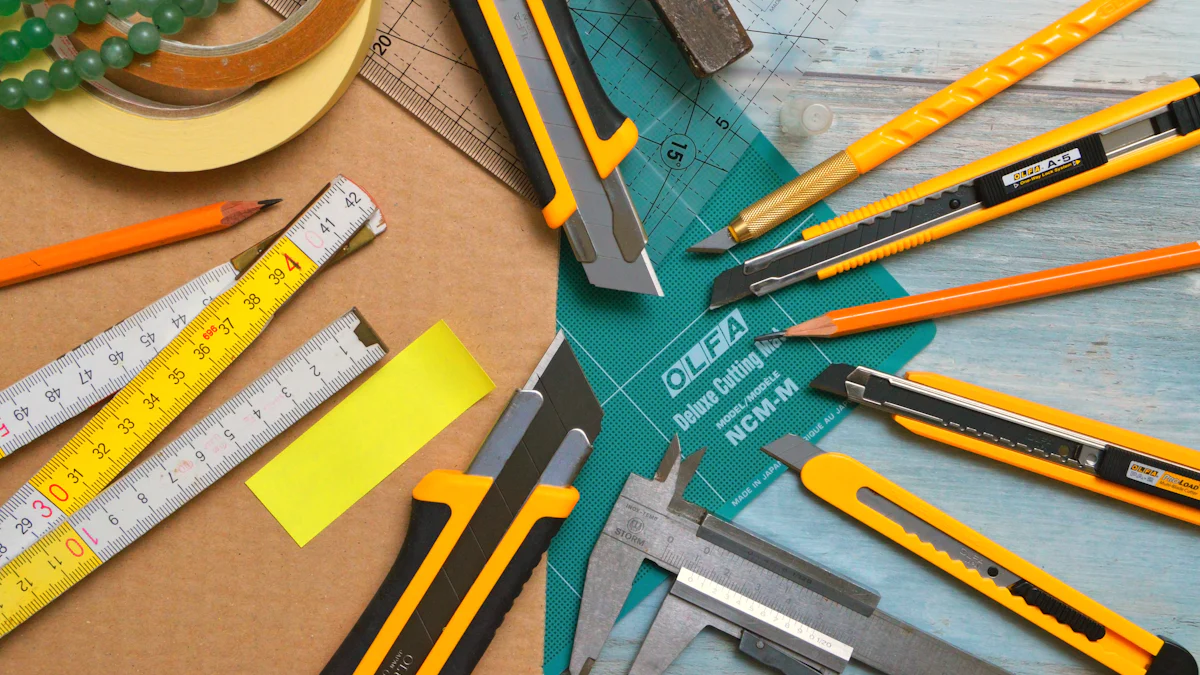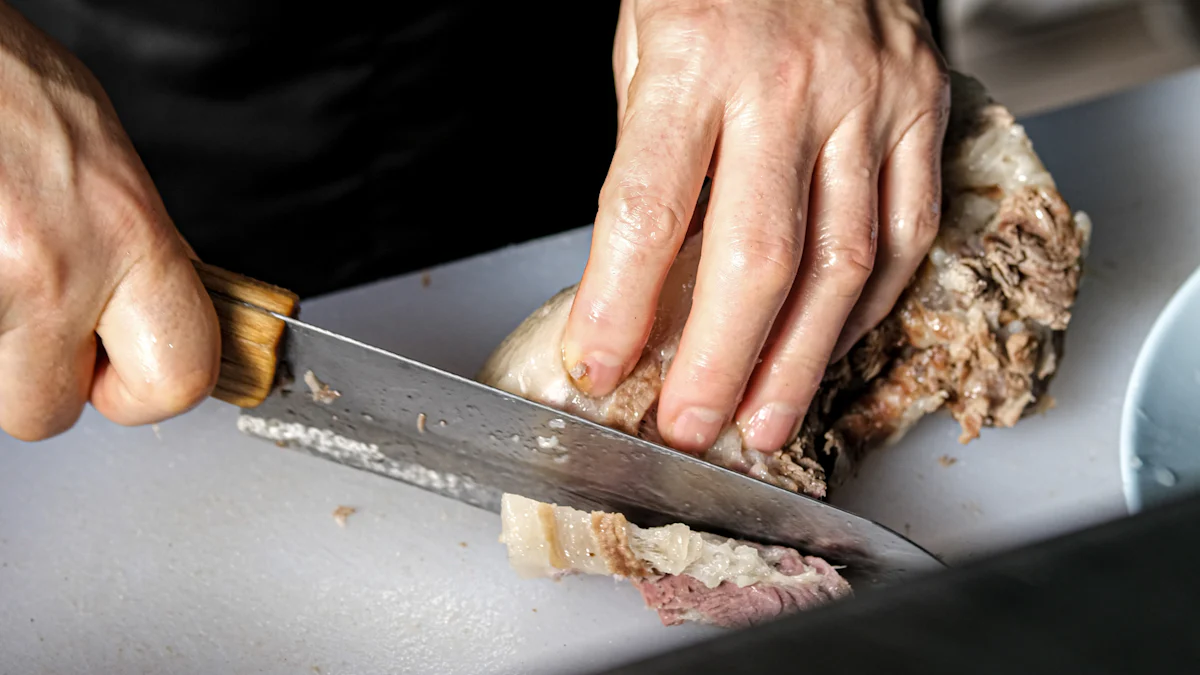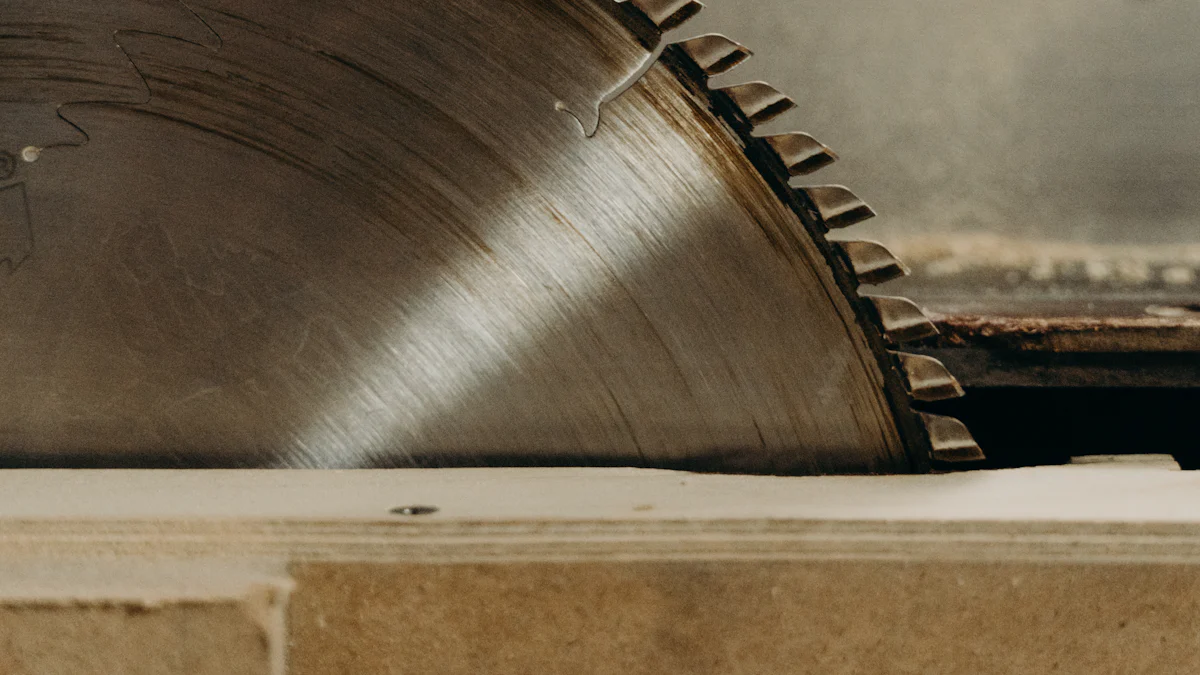
When it comes to cutting drywall, selecting the best tool to cut drywall is crucial for achieving precise results. In this blog, we will delve into the comparison between two primary tools: the knife and the table saw. Understanding the nuances of each tool is essential for any DIY enthusiast or professional looking to enhance their drywall cutting skills. By exploring the advantages and disadvantages of both tools, we aim to provide you with valuable insights to help you make an informed decision on which tool suits your specific needs best.
Knife for Cutting Drywall

Advantages of Using a Knife
When it comes to cutting drywall, using a utility knife offers distinct advantages that cater to the precision required for this task. The Irwin Drywall Fixed Blade Knife, known for its slim nose and ability to maneuver smoothly when scoring drywall, is a popular choice among professionals. This tool excels in dusty conditions, ensuring durability and reliability even in challenging environments. Additionally, its lightweight design coupled with a half turn thumbscrew for tool-free access enhances user experience.
Disadvantages of Using a Knife
While a utility knife is an essential tool for cutting drywall, it does come with certain limitations. One notable drawback is the time-consuming nature of using this tool. Achieving precise cuts with a knife requires patience and meticulous attention to detail, which can prolong the overall cutting process. Moreover, the physical effort required to score and snap drywall sheets can be demanding, especially during extensive projects.
Table Saw for Cutting Drywall

Advantages of Using a Table Saw
Table saws are renowned for their speed and efficiency when it comes to cutting drywall. The powerful motor of a table saw enables swift and precise cuts, making it an ideal choice for projects that require quick completion. Additionally, the sturdy build of a table saw ensures durability, allowing for consistent performance over extended periods.
When tackling large projects, a table saw shines due to its ability to handle substantial amounts of drywall with ease. Its robust design and wide cutting capacity enable users to efficiently work on extensive surfaces without compromising on the quality of the cuts. This makes it a valuable asset for professionals working on sizeable installations or renovations.
Disadvantages of Using a Table Saw
One notable drawback of using a table saw is the dust production associated with this tool. Unlike knives that produce minimal dust, table saws generate a significant amount of debris during operation. This can lead to messy work environments and necessitate additional cleanup efforts post-cutting.
Another limitation of table saws is the lack of precision compared to knives. While they excel in speed and efficiency, table saws may not offer the same level of accuracy required for intricate cuts or detailed work. This factor should be considered when deciding whether to use a table saw for specific cutting tasks.
Best Tool to Cut Drywall
Comparing Knife and Table Saw
When to Use a Knife
- Score and Snap Technique: Utilize a utility knife for precise cuts on drywall panels. Score the front side of the panel lightly, then tap the backside for a clean break along the scored line.
- Minimal Dust Production: Opt for a knife when aiming to minimize dust during cutting tasks, ensuring a cleaner work environment.
- Ideal for Small Cuts: Choose a knife when cutting off small sections or making intricate adjustments, as it offers better control and precision.
When to Use a Table Saw
- Efficiency in Large Projects: Consider using a table saw for extensive projects that require speed and efficiency in cutting large quantities of drywall.
- Swift Straight Cuts: Utilize a table saw when needing quick, straight cuts on sizeable surfaces without compromising accuracy.
- Handling Thick Drywall Sheets: Opt for a table saw when working with thick drywall sheets that may be challenging to cut with other tools.
By understanding the strengths of each tool, you can effectively choose between a knife or table saw based on your specific project requirements. Whether you prioritize precision and minimal dust production with a knife or value speed and efficiency with a table saw, selecting the best tool to cut drywall is essential for achieving professional results.
Testimonials:
- Builder Chicks: Drywall can ruin a table saw.
- Gypsum Tools: Irwin Drywall Fixed Blade Knife – Perfect for drywall cutting applications and its slim nose allows the tool to move beautifully when scoring drywall.
- Instructables: Straight drywall cuts are completed with possibly a utility knife or even a keyhole saw.
